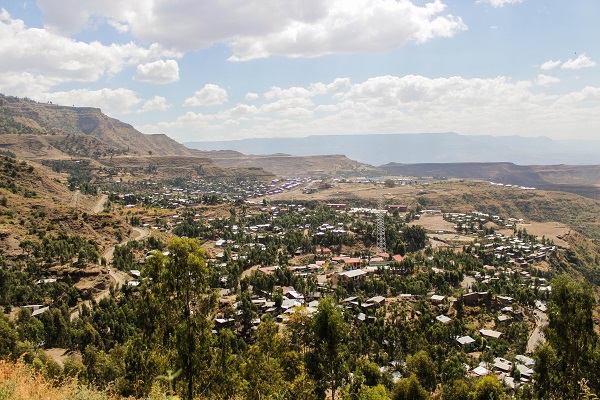
One foot in front of the other, I told myself. Just put one foot in front of the other.
My legs felt like lead as I tried to propel myself forward, relying a little too much on my hiking poles that kept collapsing under the pressure. So many thoughts floated through my head, the most frequent of which was, “why the hell am I putting myself through this?”
I had no good answer.
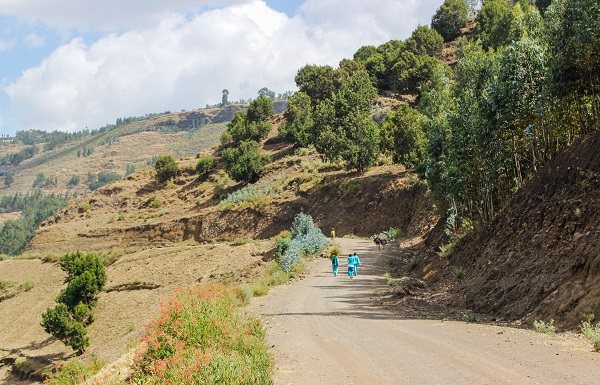
I had been optimistic just 24 hours earlier as I arrived in Lalibela to start the two-and-a-half-day trek in the mountains surrounding the famous city and UNESCO World Heritage Site in the center of Ethiopia. The trek was described as difficult, but my itinerary included only four to five hours of hiking on the first day and between six to seven hours on the second day before a “full day” of hiking on the third and final day. I thought back to my grueling Peaks of the Balkans trek last summer and figured nothing could be so difficult.
And it wasn’t that this trek was that hard; it was that my body wasn’t ready for it.
Things started off on a down note when I met my guide and he informed me that a woman from Germany would be joining my trek – the trek that I paid extra for to do by myself. See, I know I am a slow hiker. I am in great shape, but there is a huge difference between running a marathon on flat ground and hiking uphill (sometimes very steeply uphill) at a high altitude. For that reason, I purposely booked my own trek rather than joining a group. So to learn at the very last minute, with no choice in the matter, that I would be joined by someone else did not sit well with me.

As it turned out Eva was perfectly friendly – but also a fast hiker. So almost immediately, I felt the pressure to keep up and to hike faster than I felt comfortable with. The path itself started off easy enough, as just a dirt road winding around the mountain. That eventually turned into steps of large rocks, similar to parts of the trek to Gokyo Ri in Nepal. While it was challenging, I enjoyed it more than much of the hiking in the Balkans, which often lacked clear paths altogether.
The last bit of the first day’s hike upped the ante. After scrambling up a steep passage of large rocks to a narrow plateau with views in all directions, we started our final ascent to Ad Medhane Alem, which would be our home for the night. This was reminiscent of the climb to the Triangle Border during my Peaks of the Balkans trek in that it was almost completely vertical. I struggled to keep my balance and find my footing, although it at least wasn’t as slippery as the grassy climb in the Balkans. But when my guide told me that the climb the next day to Abuna Yoseph would be similar, but longer, I nearly lost it. I couldn’t imagine going up and back down an even longer stretch.
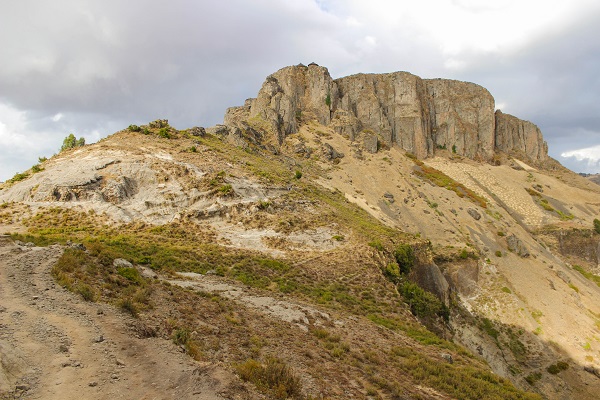
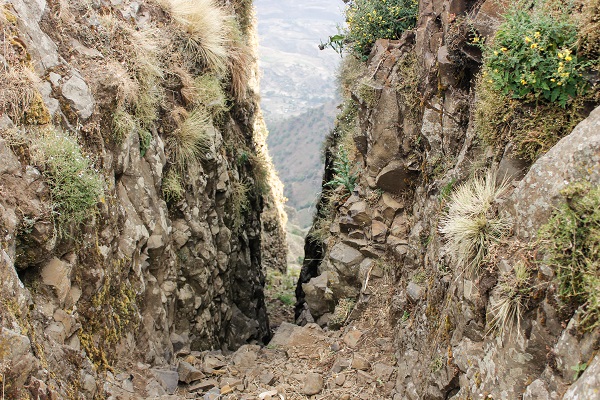
I tried not to think about what was yet to come as we sat on a bench watching the sun set over Lalibela, hot tea in hand.
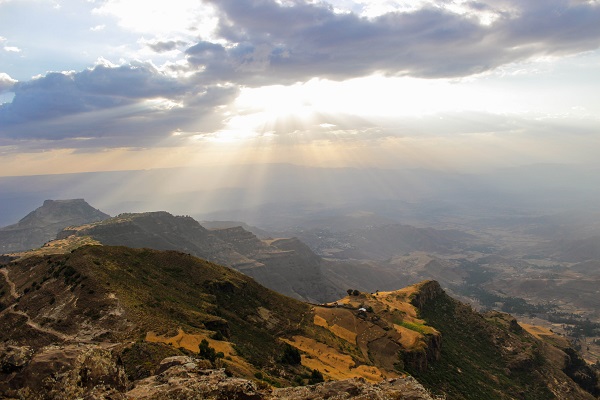
I awoke before dawn the next morning and as I sipped hot tea and tried to eat a horribly oily omelet, I weighed my options with my guide. Eva definitely wanted to climb to the top of Abuna Yoseph (which would be our highest point at 4300 meters) that day, but I had serious doubts. Luckily, I could get to Agaw Beret (where we would sleep the second night) without going up Abuna Yoseph. Unfortunately, that didn’t mean the day’s hike would be all that much easier.
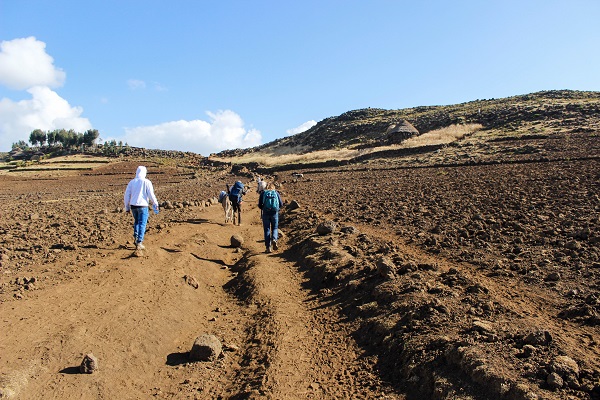
The terrain on the way from Ad Medhane Alem to Agaw Beret was actually friendlier that what we covered the first day, but I just had no energy. The first few hours were mostly flat, with a few slight uphill portions. It was only after a stop for lunch that we started to steadily climb higher and higher. I was fine going along the flat or downhill stretches, but the minute I started even the slightest incline, I felt like I had weights on my ankles and I struggled to breathe. Add in that the weather seemed to change by the minute, one of my hiking poles kept collapsing on me and the guide seemed to have no sense to slow down the pace and I was left questioning my sanity for booking the trek in the first place.
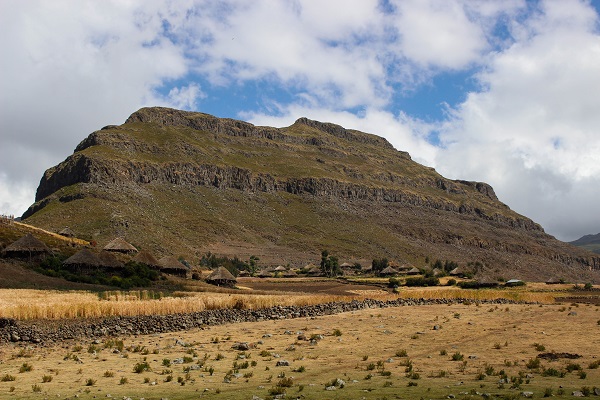
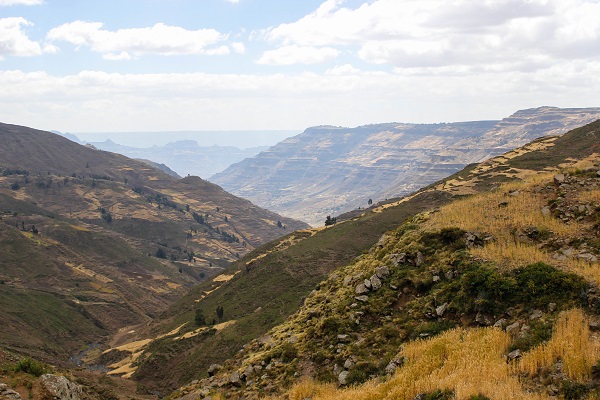
In retrospect, I was certainly over ambitious to think I could handle this trek at such a high altitude just days after running a 10 kilometer race in Addis Ababa and less than a month after running the New York City Marathon. As I struggled to make it to Agaw Beret, my body was clearly telling me it had enough. While my itinerary had listed six to seven hours for the day’s hike, including Abuna Yoseph, it took me eight hours just to reach Agaw Beret.
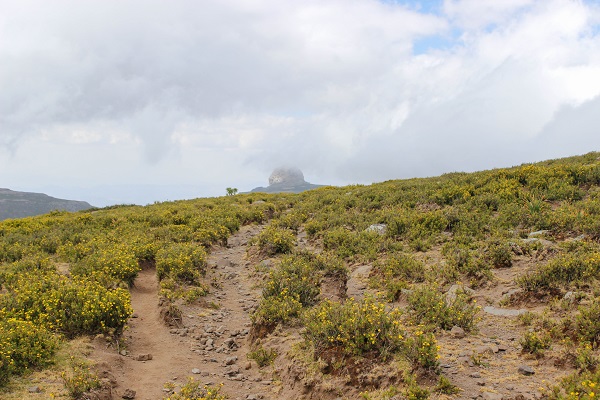

I wish I could tell you I reached Agaw Beret and there was another magical sunset like the one we enjoyed from Ad Medhane Alem, but I can’t. While I got the treat of passing several dozen baboons and spotting a red wolf on the way, the site itself was just in the middle of a field far from the base of Abuna Yoseph, offering no remarkable views at all. To add insult to injury, something I ate that night made me sick to my stomach, which meant multiple trips in the freezing cold (using a barely functioning headlamp) throughout the night. I could barely stomach anything at breakfast, which meant I would start the long hike back to Lalibela on a mostly empty stomach.
Because we were mostly going back the way we came, we were essentially covering two days’ worth of hiking in just one day on the way down. My guide explored options for me to get a ride part of the way, but it would have cost me another hundred dollars and I preferred to just push through. Nonetheless, we were able to catch a cheap tuk-tuk to shave about an hour and a half off the hike, making it about eight and a half hours instead of ten.

This is where I would normally say how, despite the challenges, I was still glad I did the trek. But in this case, I’m not. It was a mistake – possibly one of the biggest mistakes I have made on my travels. Not only was I fairly miserable for most of the three days, it kind of ruined Lalibela for me – I was completely exhausted when I finally toured the churches that make up the UNESCO World Heritage Site the next day. My time would have been better spent exploring other parts of the country, spending more time in Harar, Awash National Park or Addis Ababa or checking out another city like Axum or Gondar.
The biggest positive I can take from the experience is that it prompted me to reevaluate the way I travel and my propensity to try to challenge myself to the extreme – and to realize that I sometimes need to not push myself as hard.
